TREE planting: a year of challenges and achievements
What a (planting!) year it has been – our first full year in Wonosari has been full of developments and progress with thousands of new shoots taking root. But, with the unique events of the last twelve months, there have been more than a fair share of challenges too! Indeed, the global pandemic has affected everyone in our global community: partners, beloved friends and family ones our tree planting project has felt the impact too.
With all that 2020 has brought, it can be hard to take on a positive perspective, but it is this very gratitude that can help us through hard times. As this year comes to a close, and to mark our one-year since we embarked on our tree planting project, we reflect on some of the hurdles we have overcome, as well as the achievements, as we enter a second year of restoring the village forests.
El Niño – the impact
What challenges did we face?
Early on in our first year, in December 2019, our tree planting project began to feel the effects of El Niño (a climate event in the Pacific Ocean that affects global weather patterns, usually occurring only every three to five years). Instead of the usual three to four months of rain, critical for helping our seedlings to flourish, it rained for only six weeks. With a far reduced supply of water, many of our seedlings were simply unable to thrive during the planting season.
How we viewed the positive:
We recently checked in with the team on-the-ground, and the area is already seeing a more typical start to the rainy season – a good sign that the seedlings will get the levels of rainfall they need to thrive this year. The team will also be replanting in place of the seedlings that didn’t establish in the first year and will be using this time to revisit species selection with the farmers (ensuring the types of trees they plant deliver maximum benefit to the community). Indeed, there is something new to learn every year, and 2020 is no exception: our resilient and pro-active team is making the most of the situation to improve the programme and create a sustainable, well-supported planting year.
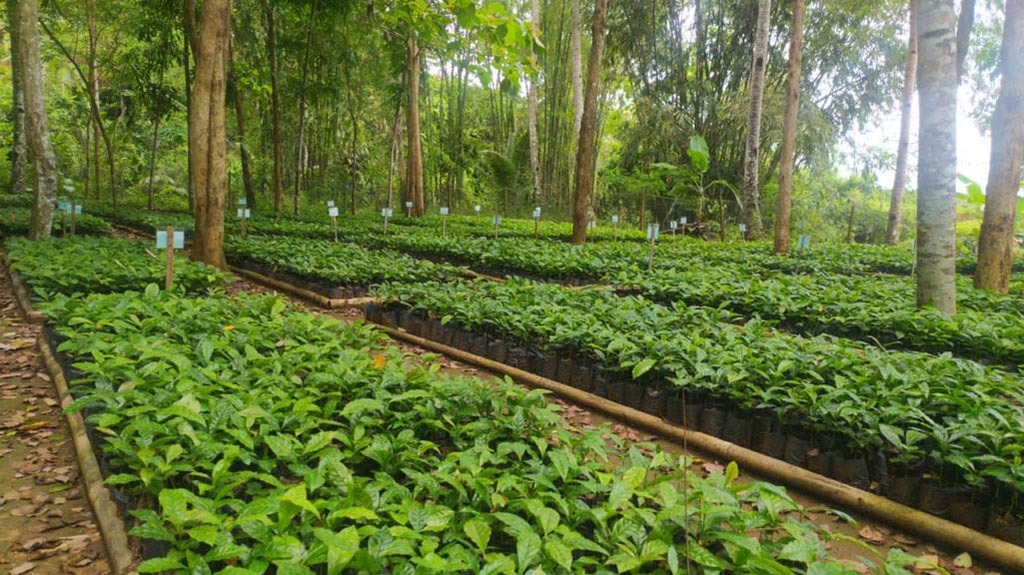
Crops
What challenges did we face?
One of the goals that we set out early on in our tree planting project was to help the farmers move from over-reliance on certain crops. The two main crops in the area, rice and cassava, are staple foods in traditional Javanese households. However, the events of El Niño and the global pandemic had a direct impact on these species. Limited rainfall made it challenging to harvest rice, while a reduced demand for cassava (due to decreased tourism and purchasing power of the community) lowered prices to the point where farmers did not harvest their crops.
How we viewed the positive:
New and alternative crops are being introduced with the aim to create a more resilient and sustainable farming year for the Wonosari community. While cassava is easy to grow and typically brings a guaranteed income (with the exception of last year), it takes much more than it gives back to the soil in which it is grown (taking moisture away and absorbing nutrients), so a secondary crop like corn (more on this below!) will expand the farmers’ offerings while improving soil health.
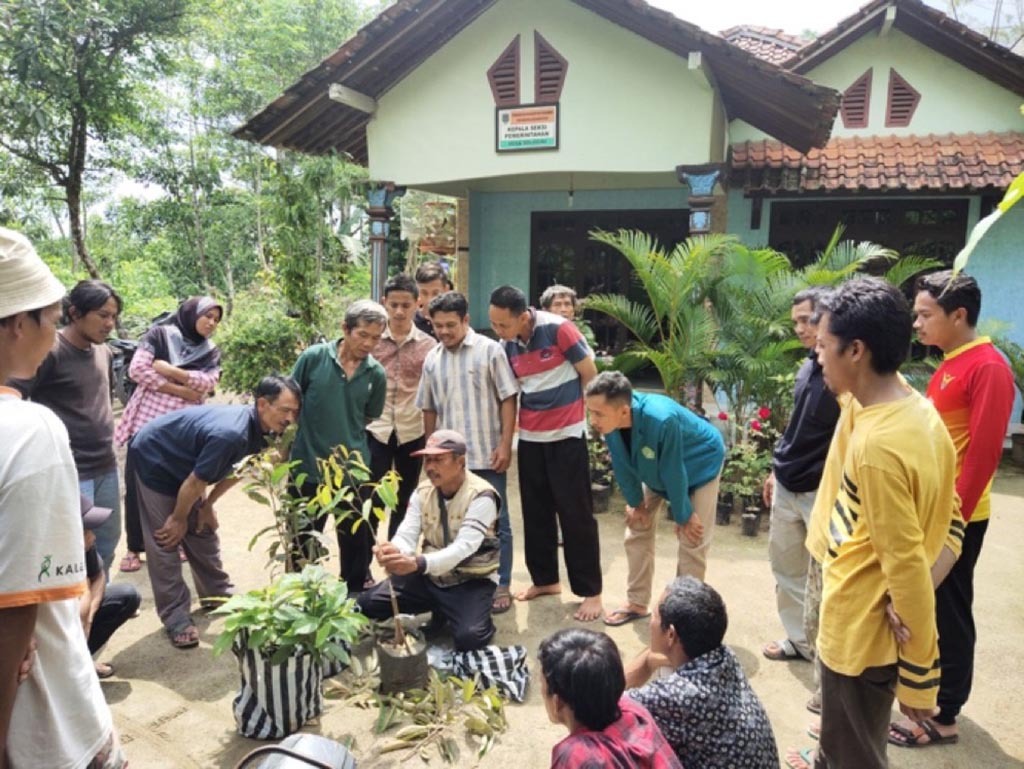
Coffee was also introduced earlier last year – it is a high-value crop that doesn’t need to be replanted each year, helping to keep the soil in good condition while increasing the farmers’ income. Although coffee plants require a bit more time until they’re fully grown, the team has trained the farmers to skillfully grow these plants so that they have the very best quality and quantity of crops at harvest time.
Among these skilful techniques taught is ‘grafting’, where cuttings from certain varieties are attached to already established plants, giving farmers the opportunity to produce high-demand coffee beans while reinvigorating older trees. This is just one of the ingenious ways in which tree planting can be versatile enough to overcome the hardest of challenges!
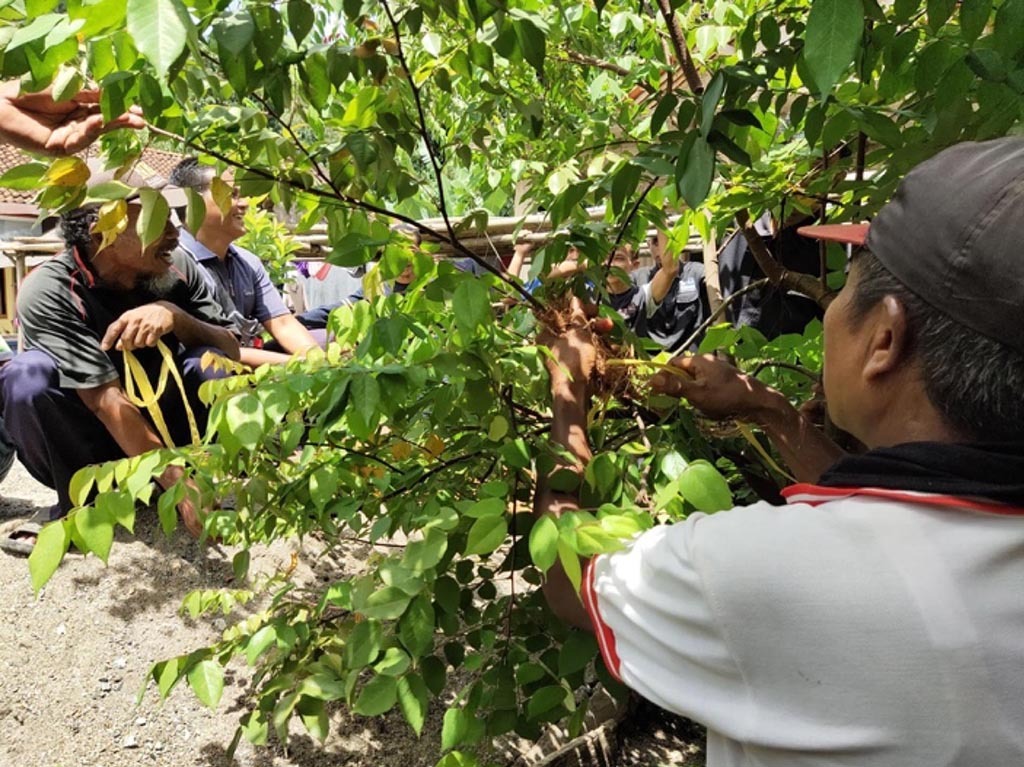
Harvest – the training
What challenges did we face?
In our previous bLOG, we touched on how corn was previously grown in Wonosari, but factors such as the quality of the seeds, planting times, cultivation techniques, as well insects damaging the crops stopped them from thriving.
How we viewed the positive:
With training on the proper techniques, the farmers have successfully been able to grow and harvest corn and, in turn, have expanded their offerings without relying purely on rice and cassava. The farmers are now given subsidies to buy better quality seeds, and with the knowledge of proper planting times, pest management and creating organic fertilisers, are able to harvest crops that meet market standards. Corn is now planted in Wonosari as a ‘second rotation’ crop at the end of the rainy season (after cassava has been harvested), which helps maintain the condition of the soil and retain its moisture.
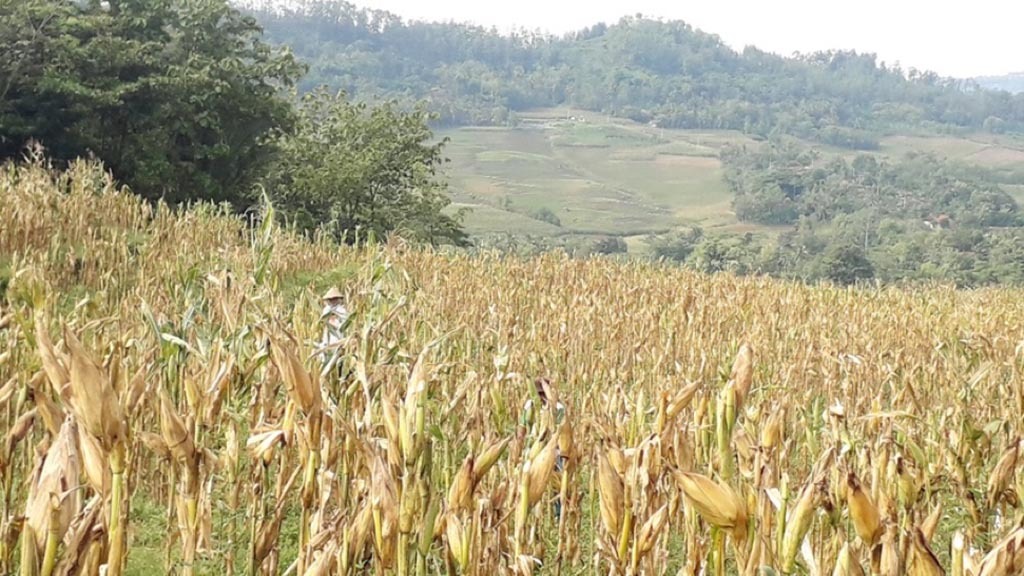
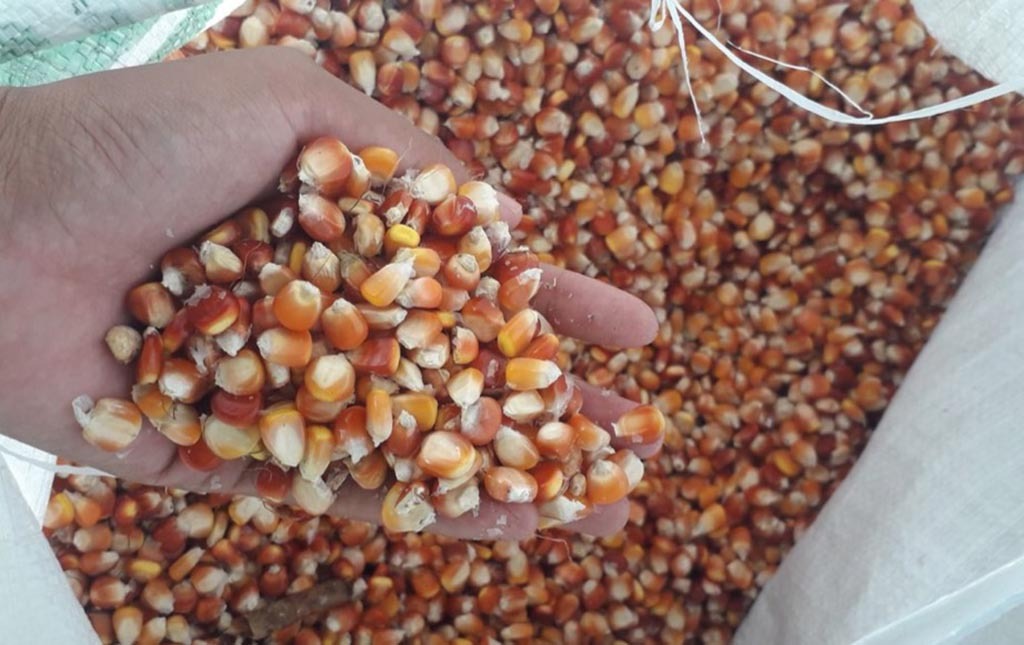
Reflecting on 2020
What an eventful first twelve months it has been for us at Wonosari, with so many learnings and solutions found to this year’s challenges: foundations were laid for growing new crops, and new seedlings will be replanted in support of our mission to restore the forests of Wonosari. Despite the challenges this year’s events brought us, it enabled us to build strength and versatility for the years to come – just like a resilient tree that stands up to the elements!
We are so thankful for our TREE family (and to you!) for helping us continue our efforts – we’re excited to take what we’ve learned as we move forwards to year two, continuing to make a positive difference to this community and landscape in need.